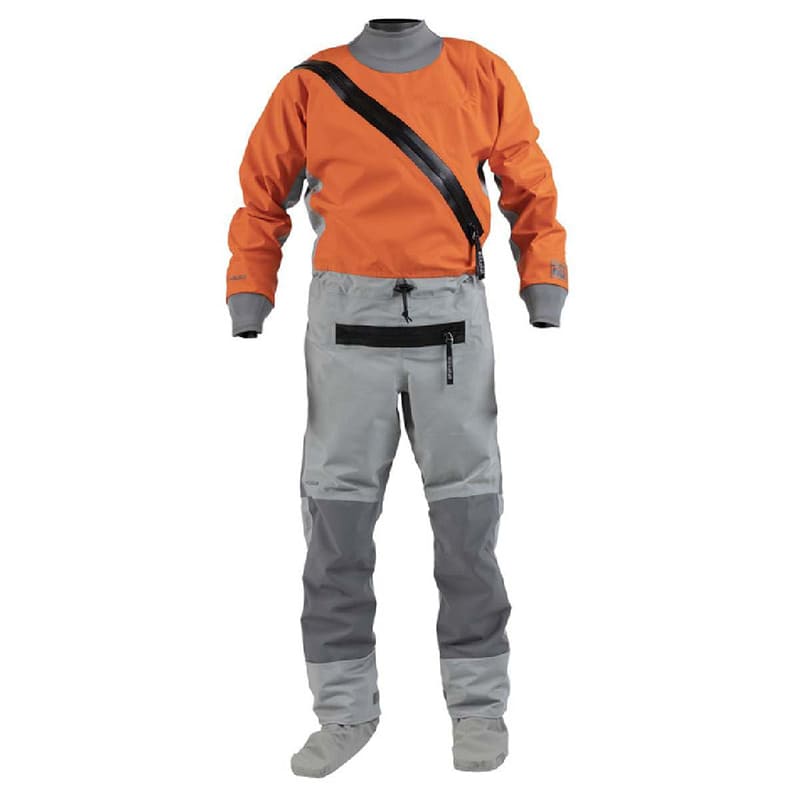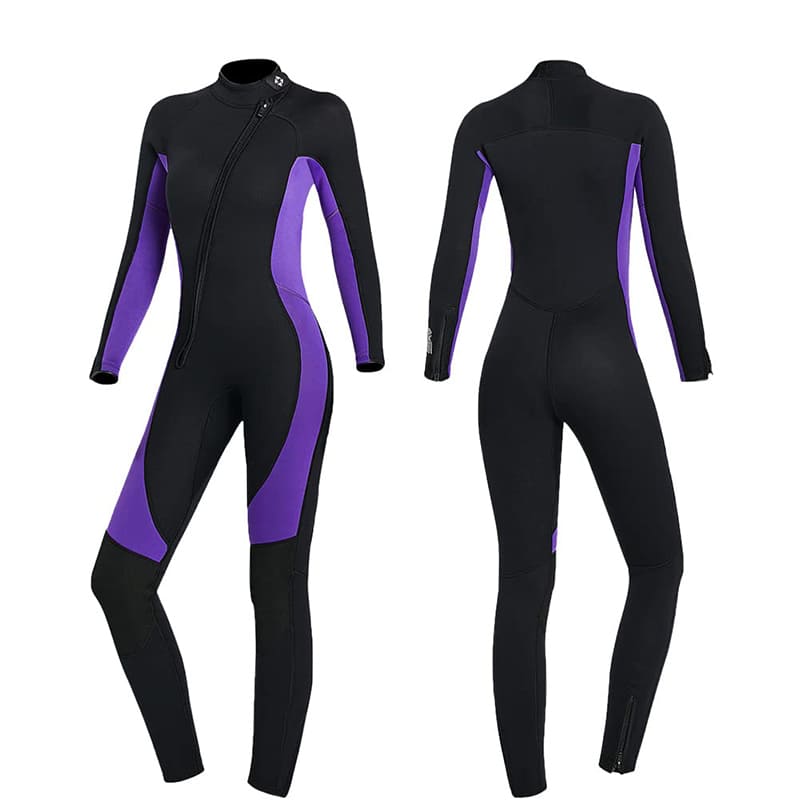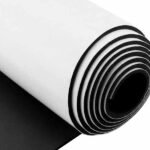If you’re planning water-based activities, one of the most important choices is deciding between a dry suit and a wetsuit. Both are specifically designed to keep you comfortable, safe, and warm, but they work in very different ways. Choosing the right one depends on the conditions you’ll be facing and the type of activity you’ll be doing. In this guide, we’ll explore what makes dry suits and wetsuits unique, how they perform in different scenarios, and what you should consider when making your choice.
What Are Dry Suits And Wetsuits?
Dry suits and wetsuits are specialized garments used for a variety of aquatic activities. While they share a similar purpose—protecting you from cold water and enhancing comfort—they function quite differently.
-
Dry suits: Dry suits are completely waterproof. They are designed to keep all water out, ensuring that the wearer stays dry. Typically, dry suits feature seals at the neck, wrists, and ankles to prevent water from entering. Inside the dry suit, you can layer thermal clothing to maintain warmth. Dry suits are ideal for very cold water or situations where staying completely dry is critical.
-
Wetsuits: Wetsuits allow water to seep in, but they trap a thin layer of water between the suit and the wearer’s skin. Your body heat warms this layer of water, creating a thermal barrier. Wetsuits are made from neoprene, a flexible and insulating material that conforms to your body shape. They are commonly used in warmer water and more active sports like surfing or snorkeling.
Material Differences
The materials used in each suit affect their performance and intended use.
- Dry suits: Typically made from waterproof laminated fabrics, vulcanized rubber, or thicker neoprene. These materials are designed to create a fully watertight barrier.
- Wetsuits: Primarily made from varying thicknesses of neoprene. Neoprene provides insulation and flexibility, but it is not completely waterproof.
Is A Dry Suit Better Than A Wetsuit?
There isn’t a simple “better” choice. Each type of suit excels in specific conditions. To determine which is better, consider your environment, the activity you’re performing, and your personal comfort needs.
-
Dry suits are better:
- When the water is extremely cold.
- For long durations in the water.
- When staying completely dry is critical, such as during cold-weather kayaking or scuba diving in icy waters.
- If you need to add or remove thermal layers, as dry suits allow for versatile insulation adjustments.
-
Wetsuits are better:
- In moderate to warm water temperatures.
- When flexibility and freedom of movement are priorities.
- For shorter activities like snorkeling, surfing, or swimming.
- When cost is a consideration, as wetsuits tend to be more affordable than dry suits.
What Is The Purpose Of A Dry Suit?

The primary purpose of a dry suit is to keep you dry, no matter how cold or rough the water. By sealing out water completely, a dry suit allows you to wear layers of clothing underneath to maintain body heat. This makes it a critical piece of gear for cold-water diving, winter kayaking, or other prolonged exposure to chilly water.
Key Benefits
- Waterproof seal: Prevents any water from reaching your skin.
- Layering options: Allows you to customize your insulation by wearing additional thermal clothing.
- Comfort in extreme conditions: Keeps you warm and dry in freezing water or harsh weather conditions.
Dry suits are often preferred by professionals—such as divers, search-and-rescue teams, and serious kayakers—who need reliable protection in demanding environments.
Do You Still Get Cold In A Dry Suit?
A dry suit will keep you dry, but it doesn’t provide insulation on its own. If you wear insufficient thermal layers inside the suit, you can still get cold. The dry suit acts as a barrier against water, but warmth depends on the clothing you wear underneath.
How To Stay Warm In A Dry Suit
- Base layers: Wear moisture-wicking thermal base layers to maintain body temperature.
- Mid-layers: For colder conditions, use fleece or quilted layers for added warmth.
- Fit and seals: Make sure the seals are snug and the suit fits properly to prevent heat loss.
Ultimately, staying warm in a dry suit involves a combination of proper layering and ensuring that the suit is completely sealed.
What Keeps You Warmer, A Wetsuit Or A Drysuit?
In very cold water, a dry suit with proper insulation is generally warmer than a wetsuit. The reason is simple: the dry suit prevents any water from coming into contact with your skin. Since you can wear multiple layers underneath, you have more control over your level of insulation.
Wetsuits rely on your body’s ability to heat a thin layer of water inside the suit. In moderate temperatures, this works well. However, in extremely cold water, a wetsuit’s insulation is limited by the thickness of the neoprene and the amount of water circulation inside the suit.
Comparison Of Warmth By Temperature
| Water Temperature (°C) | Recommended Suit | Why |
|---|---|---|
| Below 5°C | Dry suit | Keeps you dry and lets you add layers |
| 5°C–15°C | Dry suit | Prevents water contact; better insulation |
| 15°C–20°C | Wetsuit | Provides sufficient warmth and flexibility |
| Above 20°C | Wetsuit | Comfortable and easy to move in |
How Does A Dry Suit Work?
A dry suit functions by keeping all water out. It uses a combination of waterproof materials and tightly sealed openings to create a barrier. While the suit itself does not provide warmth, it keeps the wearer dry so they can rely on layers of clothing for insulation.
Key Features
- Waterproof zippers: Ensure that no water seeps through entry points.
- Neck, wrist, and ankle seals: Made from latex, neoprene, or silicone, these seals block water from entering.
- Air control valves: Some dry suits have valves that let you adjust air inside the suit, which can help with buoyancy and comfort.
- Reinforced materials: Many dry suits are reinforced in high-wear areas to increase durability.
How Does A Wetsuit Work?

A wetsuit works by letting a small amount of water enter the suit. This water is trapped between your skin and the neoprene. Your body heat warms the water, creating a layer of insulation. Neoprene’s natural insulating properties further reduce heat loss, keeping you relatively warm.
Key Features
- Neoprene material: Provides both flexibility and insulation.
- Snug fit: Prevents excessive water movement inside the suit, which helps maintain warmth.
- Thickness options: Wetsuits come in various thicknesses (e.g., 2mm, 5mm, 7mm) to suit different water temperatures.
- Easy entry points: Zippers or zip-free designs make wetsuits easy to put on and take off.
What Is The Difference Between Dry Suits And Wet Suits?
The biggest difference between a dry suit and a wetsuit is how they handle water.
- Dry suits: Keep water out entirely. They rely on seals and waterproof materials.
- Wetsuits: Allow water to enter, trapping it and using body heat to warm it.
Side-By-Side Comparison
| Feature | Dry Suit | Wetsuit |
|---|---|---|
| Water contact | None | Allowed, warmed by body |
| Insulation source | Layers worn underneath | Thin water layer and neoprene |
| Flexibility | Less flexible | More flexible |
| Buoyancy control | Often includes valves | Depends on neoprene thickness |
| Cost | Higher | Lower |
Which Activities Suit Dry Suits Vs Wetsuits?
Different activities are better suited for different suits. Dry suits are generally preferred for cold environments and longer exposure, while wetsuits are ideal for warmer conditions and high-mobility activities.
Recommended Uses
| Activity | Recommended Suit | Why |
|---|---|---|
| Cold-water diving | Dry suit | Keeps you dry and warm |
| Warm-weather snorkeling | Wetsuit | Lightweight and flexible |
| Long kayaking trips | Dry suit | Protects against prolonged cold |
| Surfing | Wetsuit | Flexible and form-fitting |
How To Properly Care For And Store Wetsuits And Dry Suits?
Taking care of your suit ensures it lasts longer and remains effective. Proper maintenance includes cleaning, drying, and storing the suit in the right conditions.
Caring For Dry Suits
- Rinse after use: Wash off salt, sand, and dirt with fresh water.
- Inspect seals regularly: Check for cracks or wear.
- Store in a cool, dry place: Hang or lay flat to avoid creases.
- Lubricate zippers: Use a zipper lubricant to keep them working smoothly.
Caring For Wetsuits
- Rinse thoroughly: Use fresh water to remove salt and chlorine.
- Air dry in the shade: Avoid direct sunlight to prevent damage to the neoprene.
- Occasional cleaning: Use wetsuit shampoos to keep the material flexible and odor-free.
- Proper storage: Hang on a wide hanger or store flat to prevent creases and cracks.
By following these steps, you’ll ensure your suit stays in good condition and is ready for your next adventure.
Conclusion
Choosing between a dry suit and a wetsuit depends on the conditions you’ll face and the activity you’re doing. Both have unique strengths, and the right choice will keep you comfortable, safe, and prepared. If you have any further questions or need expert advice, Szoneier is here to help. Contact us today to learn more.











